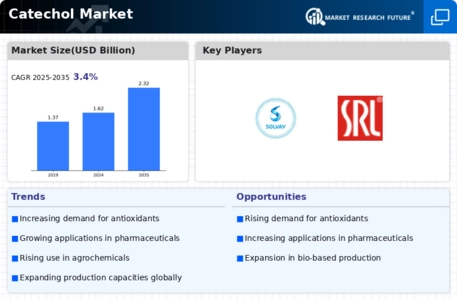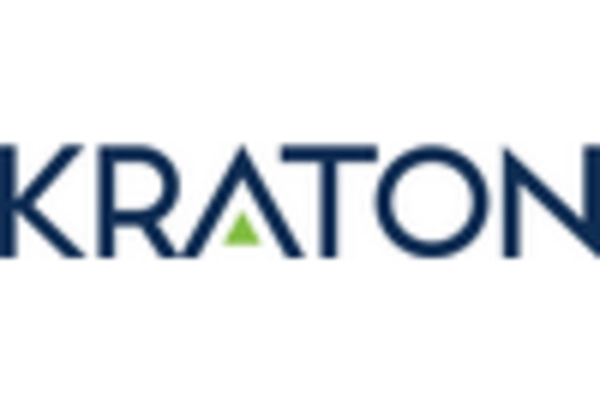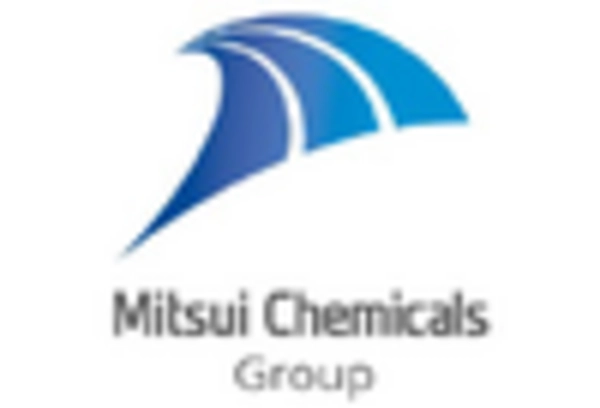Market Analysis
In-depth Analysis of Catechol Market Industry Landscape
The market dynamics of the catechol market revolve around various factors influencing the demand, supply, and pricing of catechol, a key chemical compound used in several industries. One significant aspect affecting market dynamics is the diverse range of applications of catechol, spanning industries such as pharmaceuticals, agriculture, cosmetics, and chemicals. The demand for catechol is often closely tied to the performance of these end-user industries. For instance, in pharmaceuticals, catechol is used in the synthesis of various drugs, thereby making the pharmaceutical sector a major consumer of catechol. Similarly, its applications in agriculture as a pesticide and in cosmetics for hair dyes and skincare products contribute to its demand fluctuations.
Moreover, market dynamics are influenced by factors such as raw material availability and pricing. Catechol is primarily derived from phenol, and any fluctuations in phenol prices can impact the overall cost of producing catechol. Additionally, the availability of other raw materials and their prices can affect production costs and subsequently influence market dynamics. Manufacturers closely monitor these factors to make informed decisions regarding production volumes and pricing strategies.
Another key aspect of catechol market dynamics is the regulatory landscape governing its production and usage. Regulatory changes related to environmental standards, safety regulations, or chemical classification can significantly impact the market dynamics by affecting production processes, compliance costs, and market accessibility. Manufacturers must stay abreast of such regulatory developments to ensure compliance and adapt their strategies accordingly.
Furthermore, market dynamics are shaped by global economic trends and geopolitical factors. Economic growth or recession in key regions can influence consumer spending patterns, industrial production, and ultimately, the demand for catechol and its derivatives. Geopolitical tensions, trade policies, and currency fluctuations can also disrupt supply chains, leading to market volatility.
In addition to external factors, internal dynamics within the catechol industry also play a crucial role. Market competitiveness, technological advancements, and innovation drive product development and differentiation, impacting market dynamics. Companies invest in research and development to improve production processes, enhance product quality, and explore new applications, thereby shaping market trends.
Moreover, the emergence of sustainable practices and growing environmental consciousness among consumers and businesses are influencing market dynamics. There is increasing demand for eco-friendly alternatives and processes within the chemical industry, including the production of catechol. Manufacturers are thus under pressure to adopt sustainable practices, reduce carbon footprint, and offer environmentally friendly products to meet market demands and regulatory requirements.
Overall, the market dynamics of the catechol market are multifaceted and constantly evolving, driven by a combination of factors including end-user demand, raw material availability, regulatory landscape, economic conditions, technological advancements, and sustainability trends. Understanding and effectively navigating these dynamics are essential for stakeholders in the catechol industry to stay competitive, capitalize on opportunities, and mitigate risks in a rapidly changing market environment.


















Leave a Comment